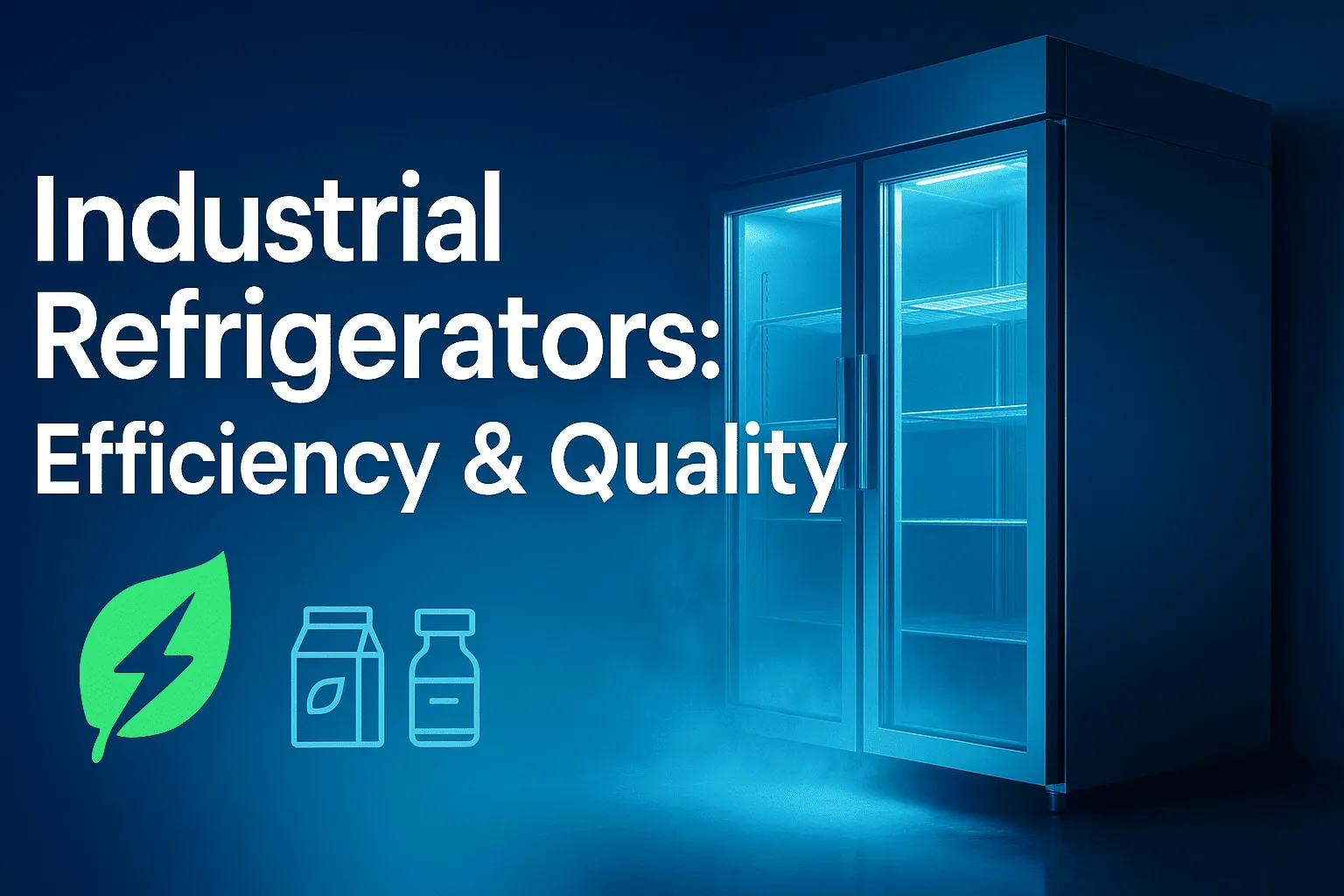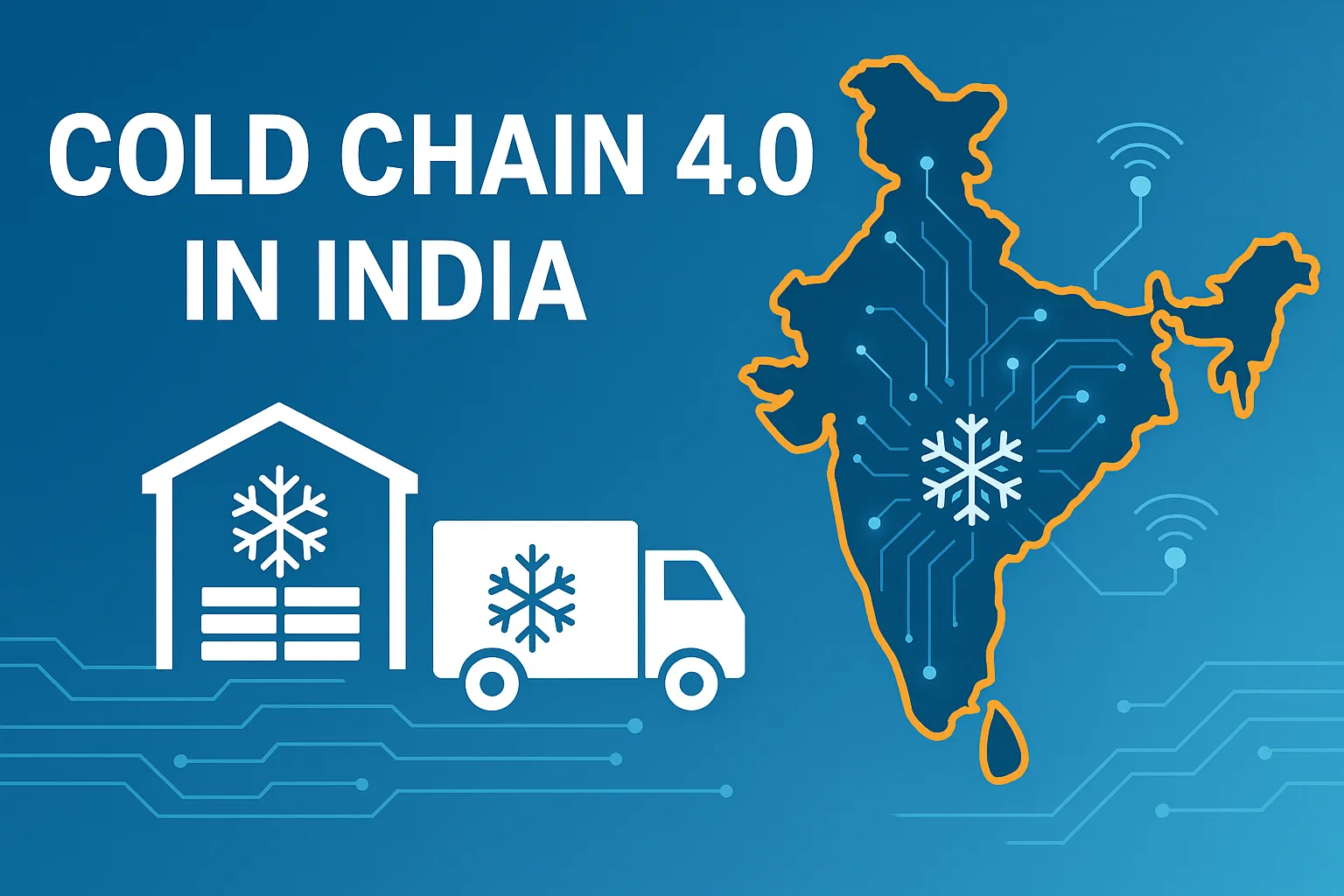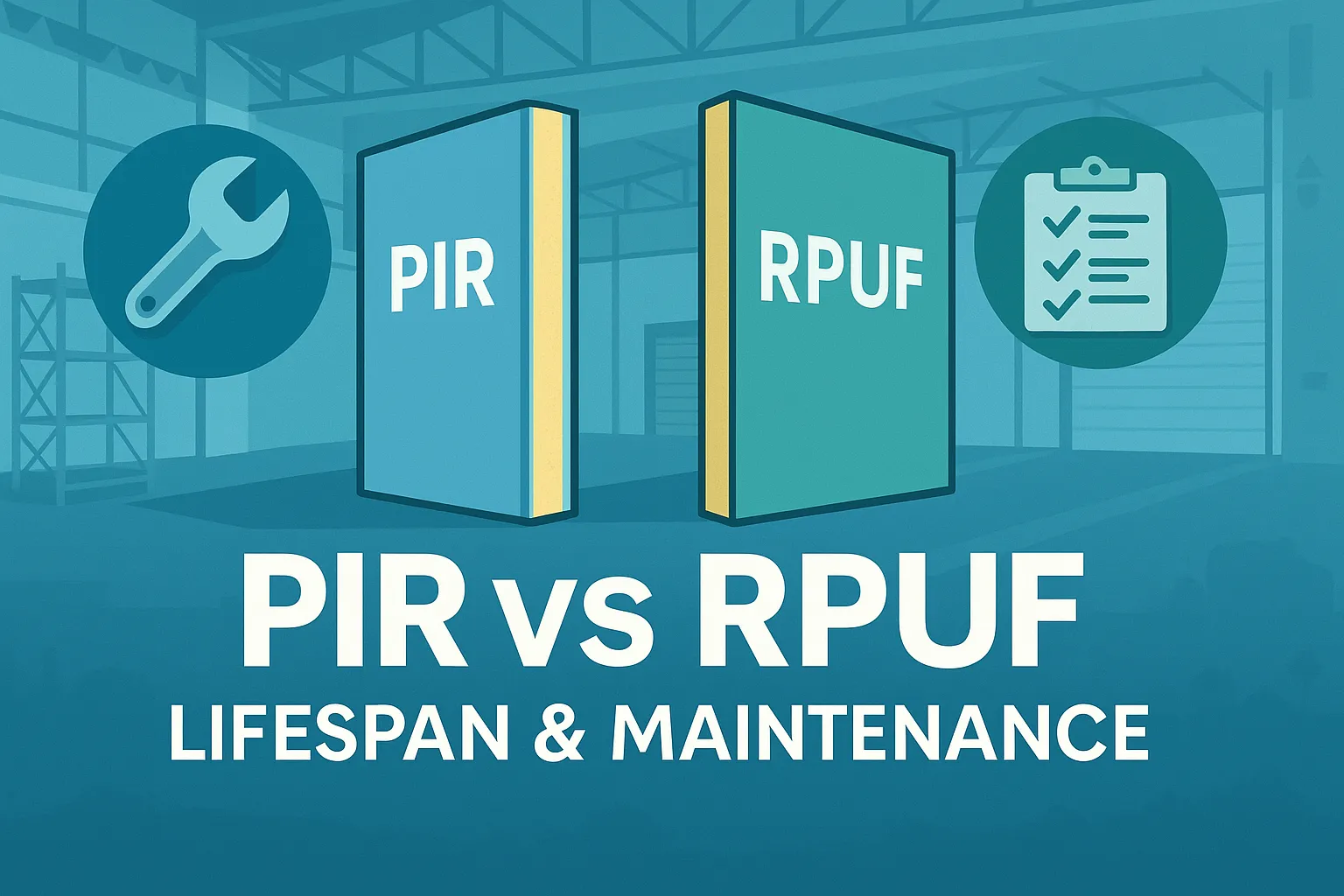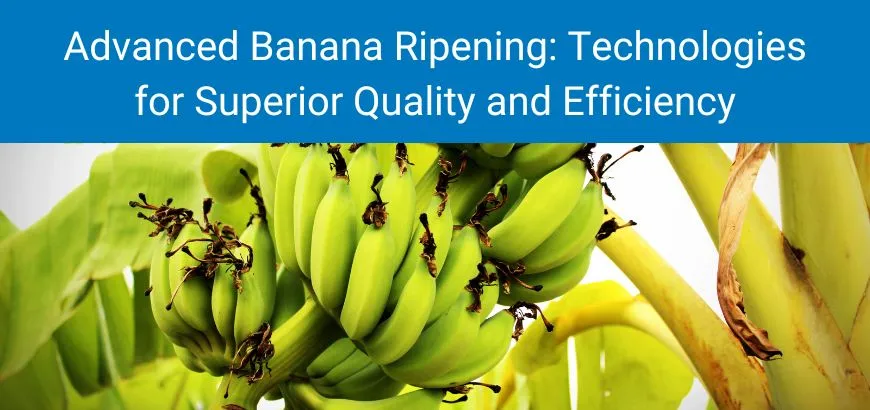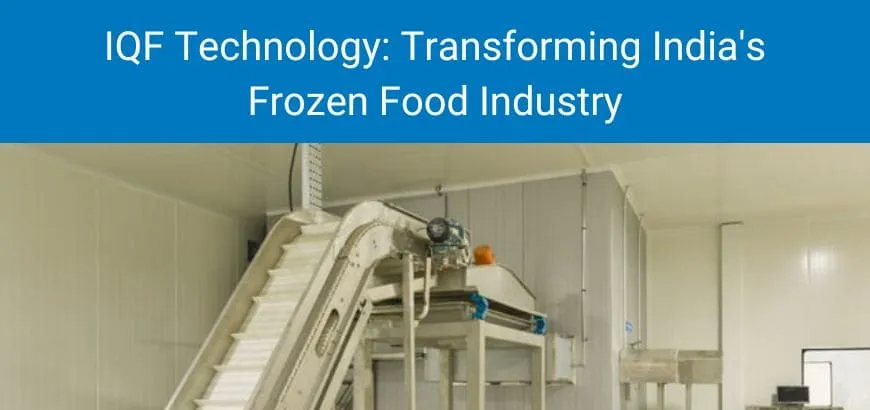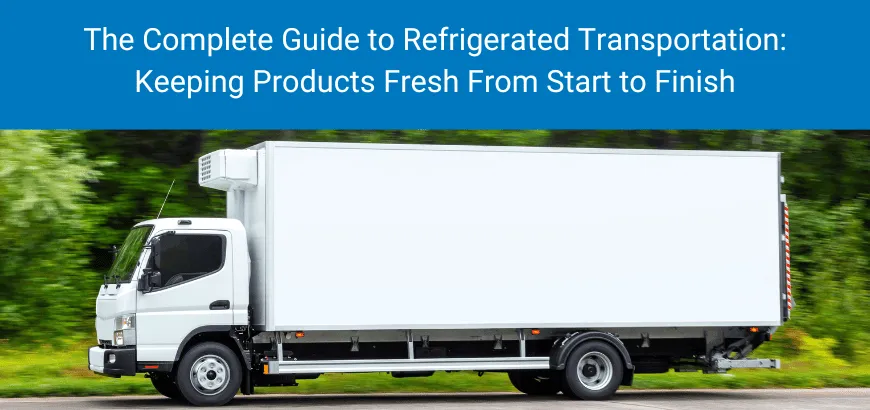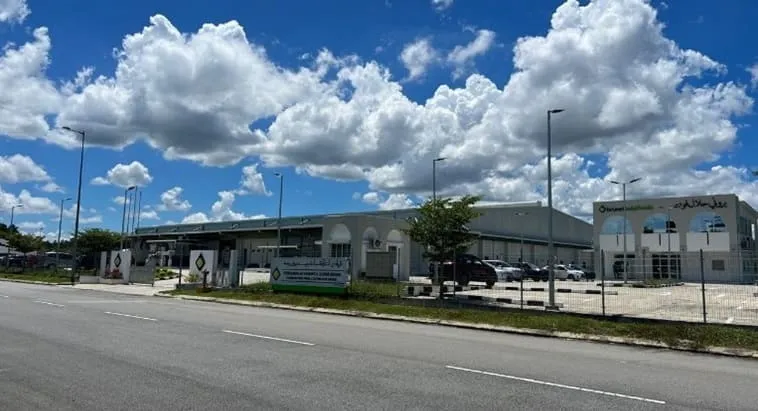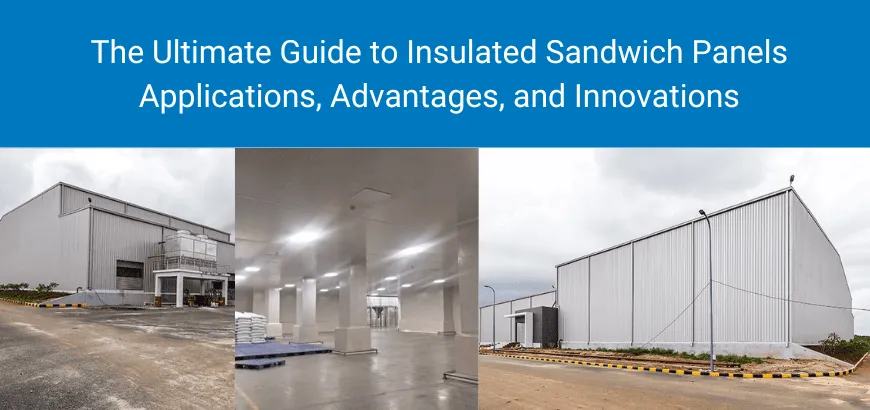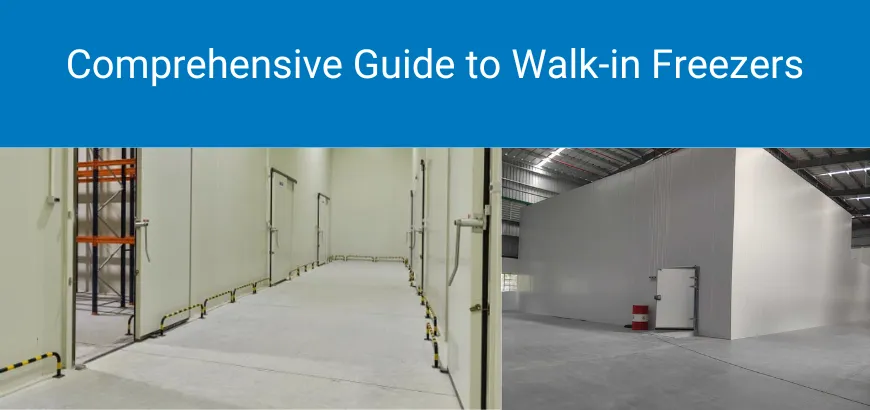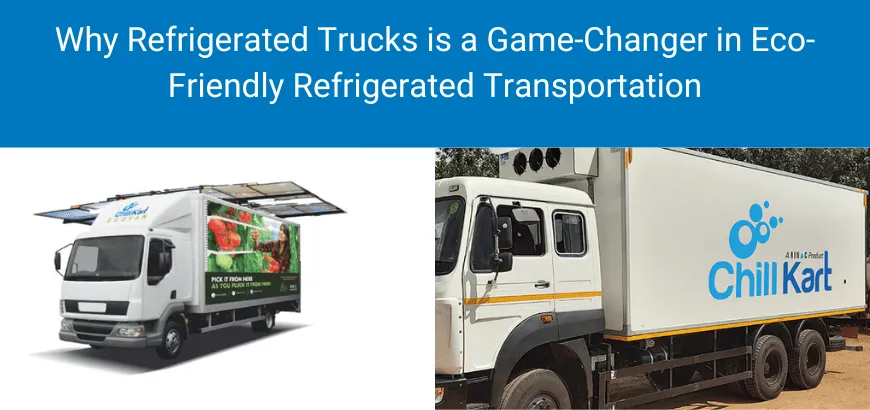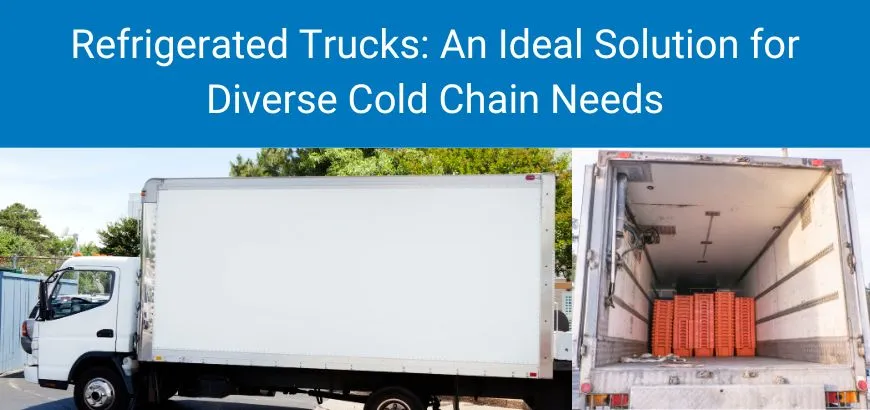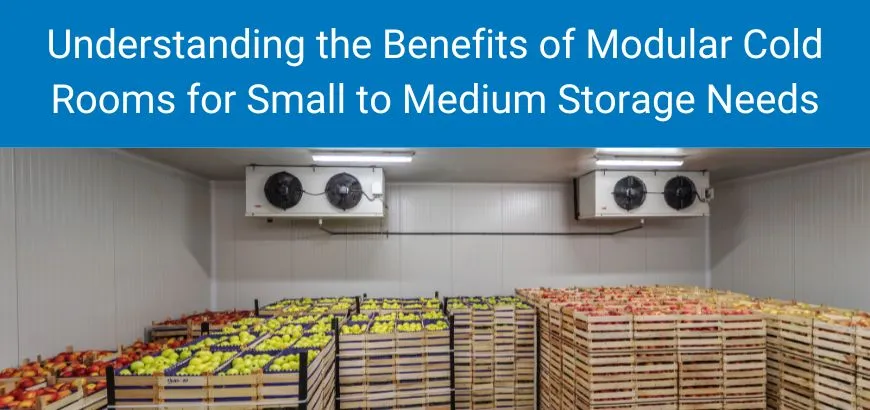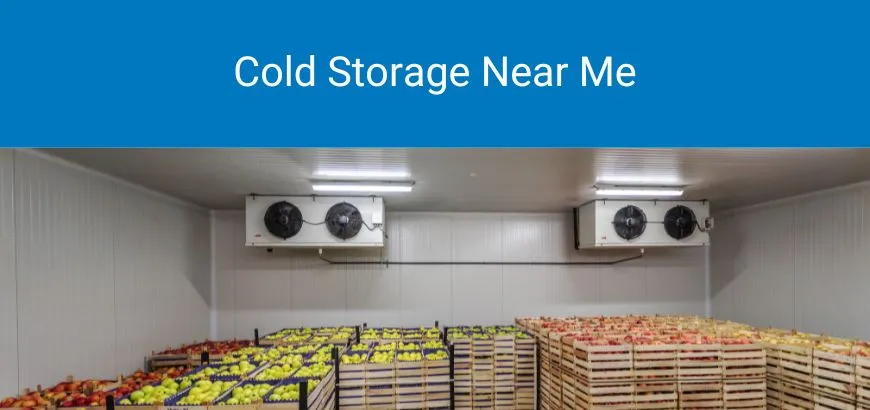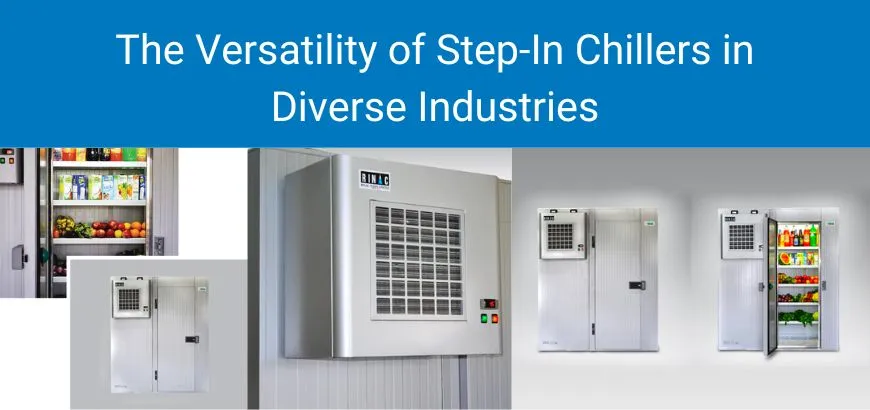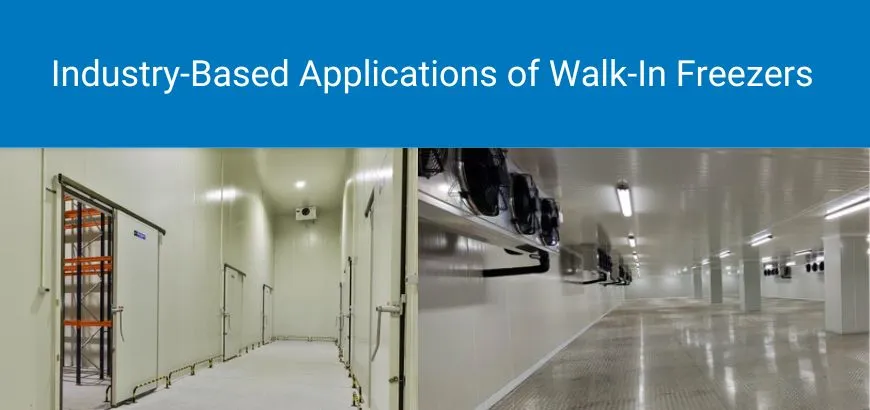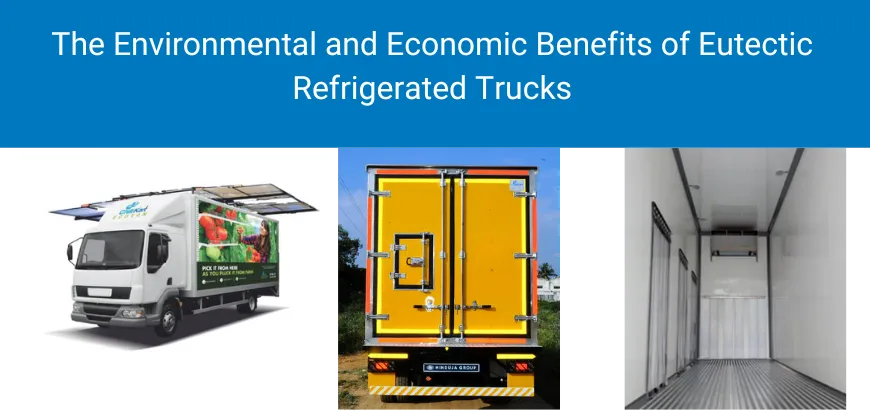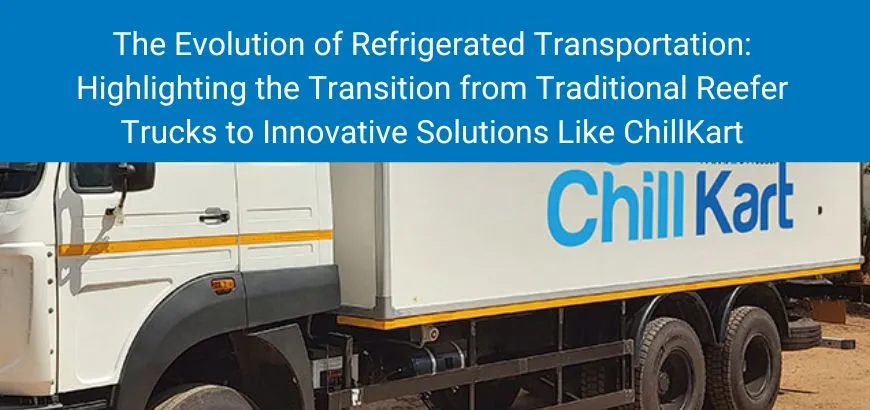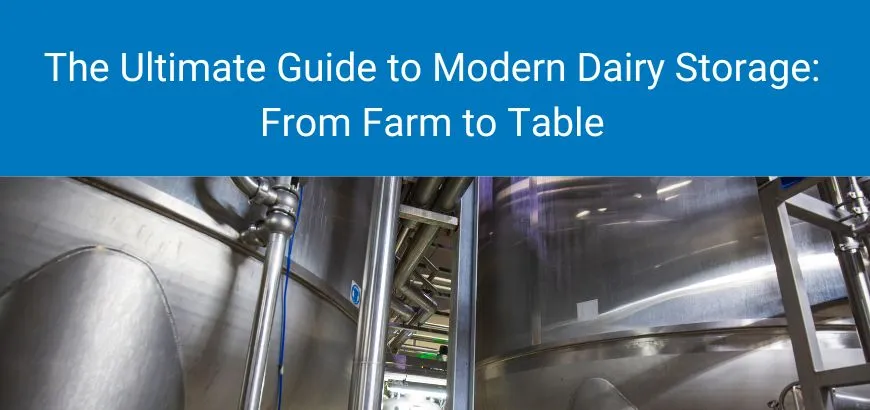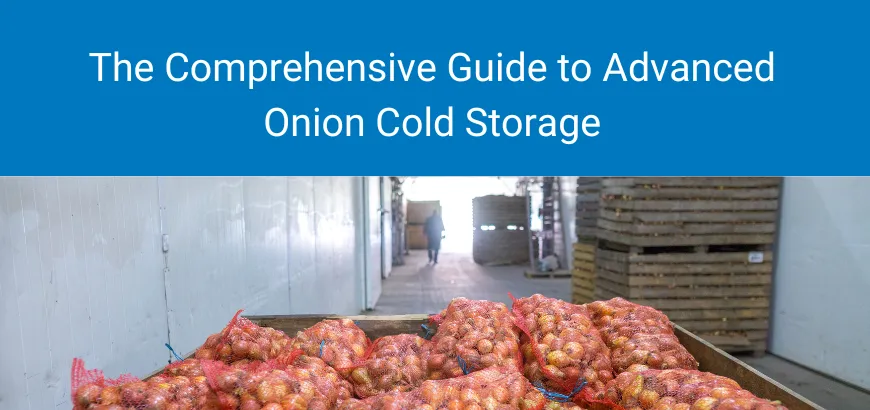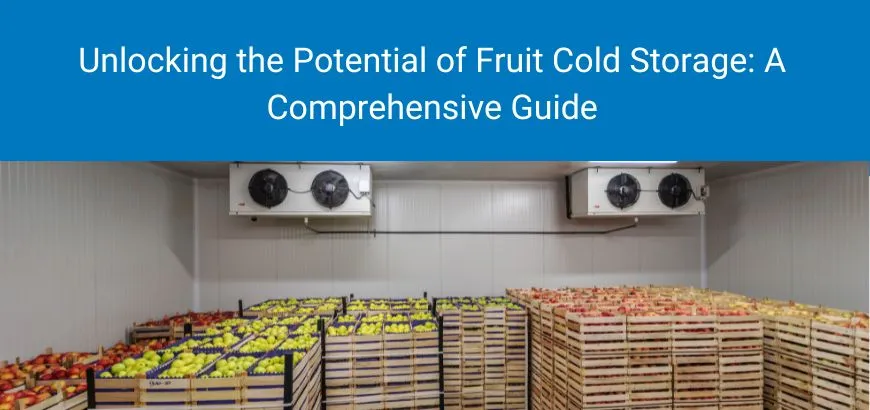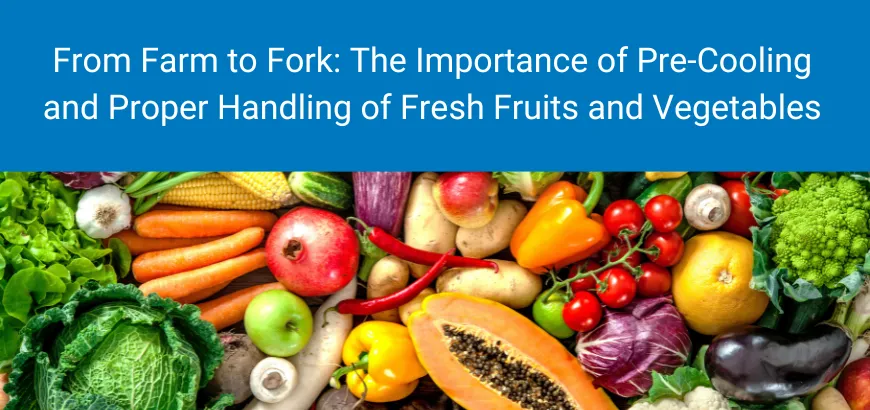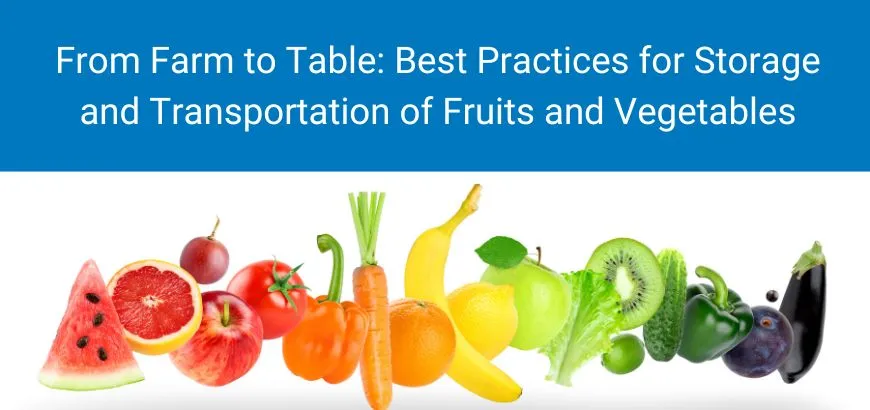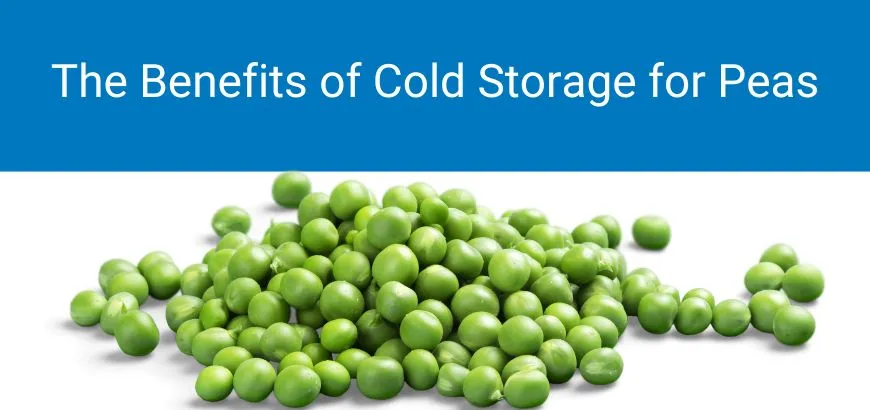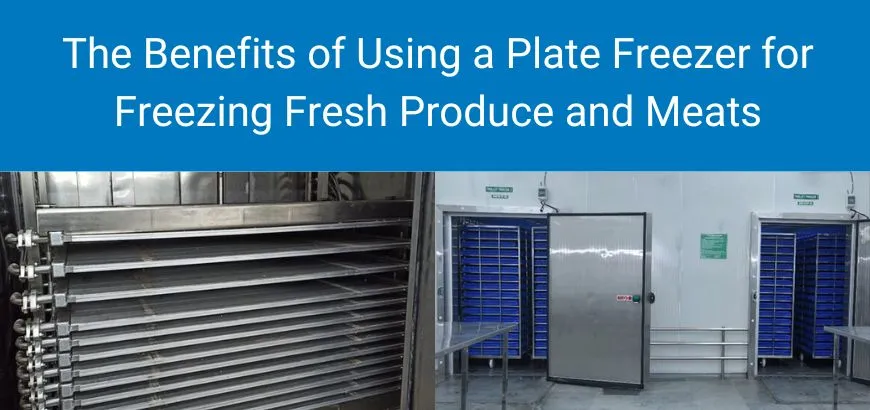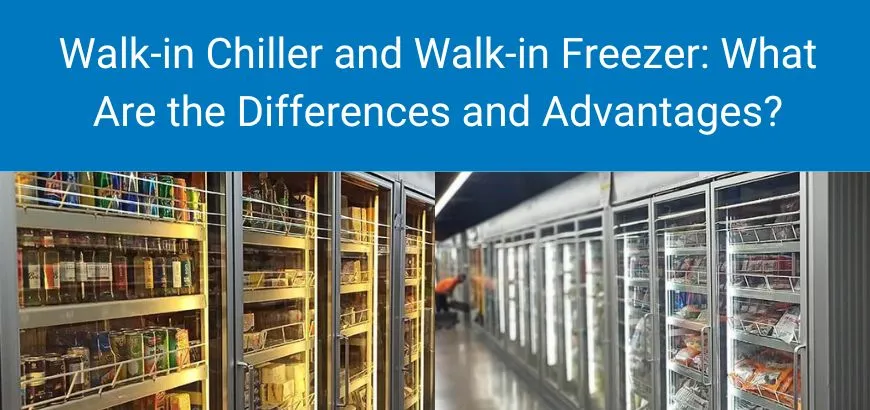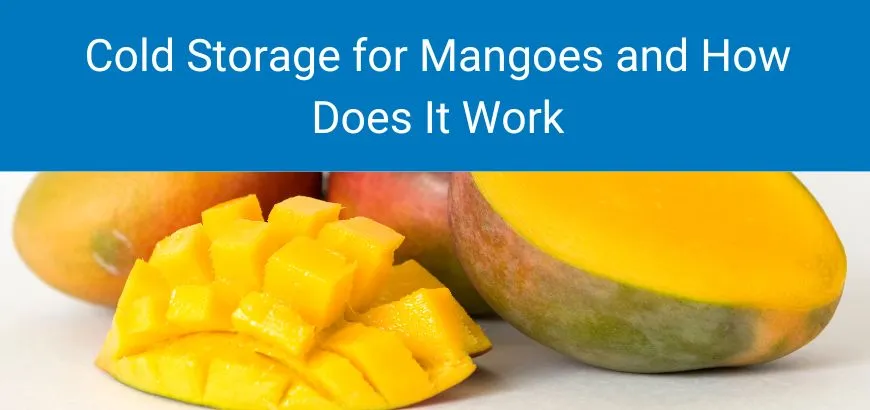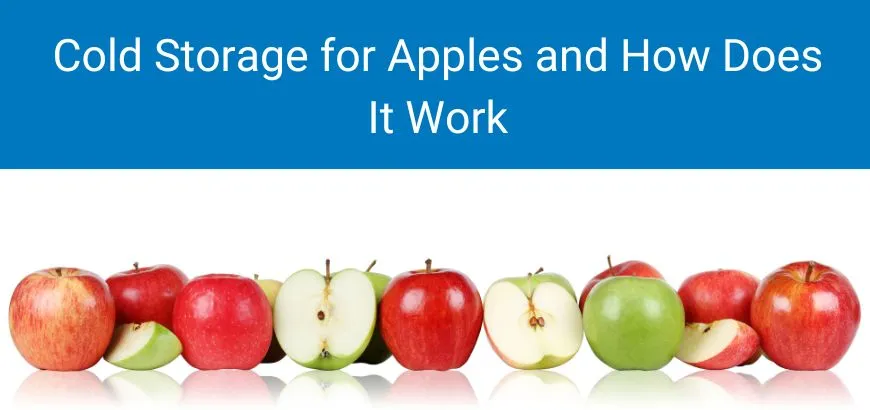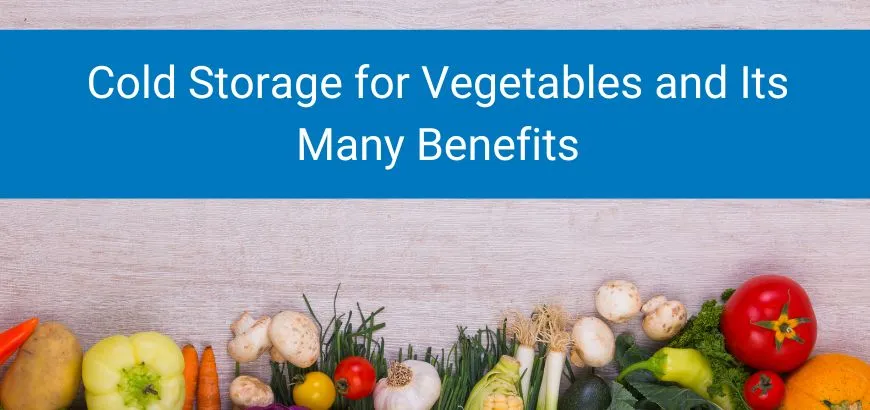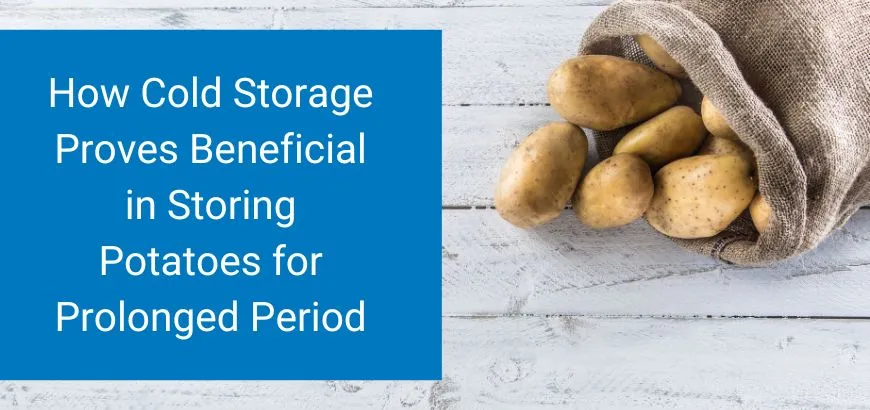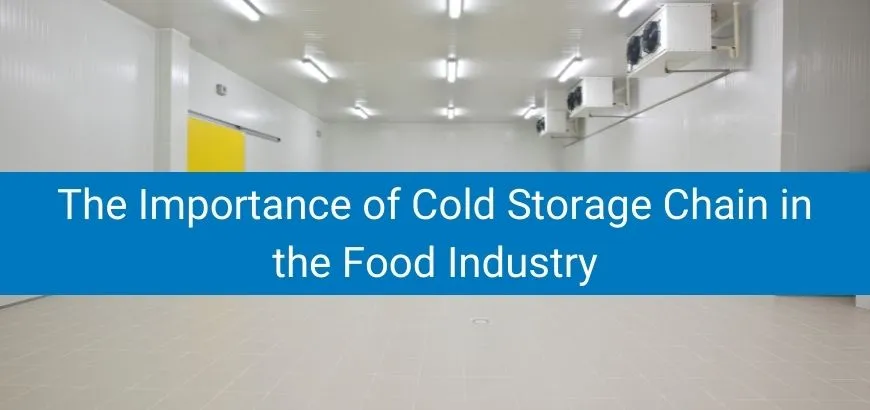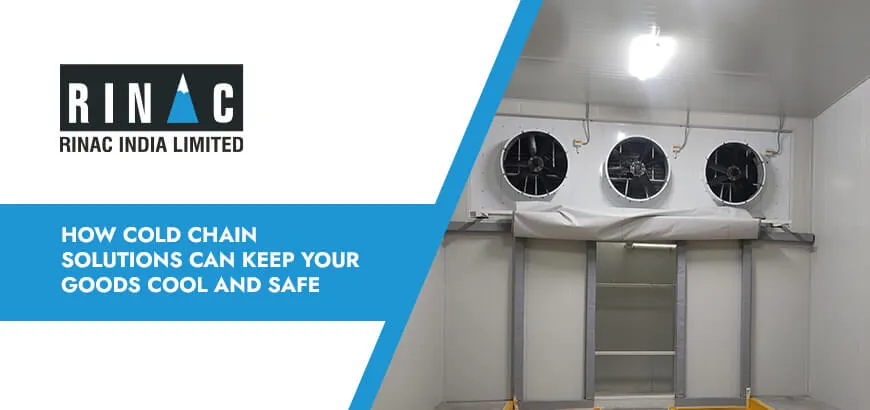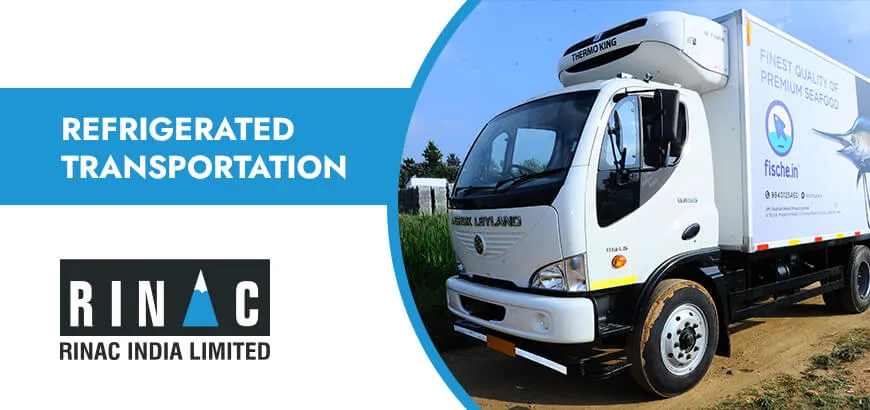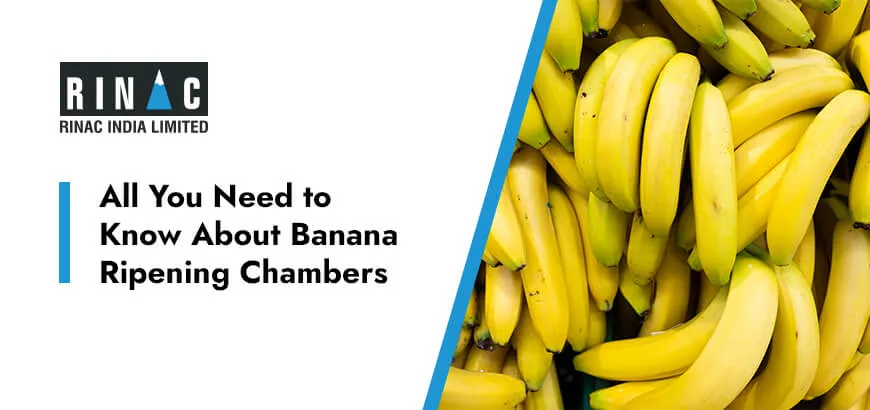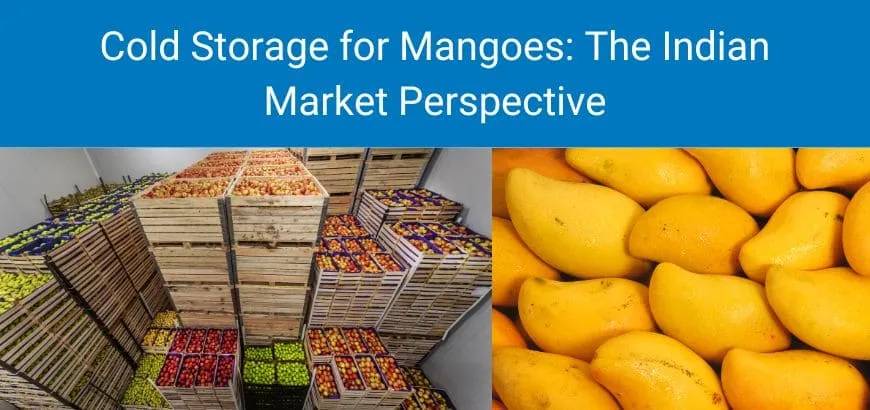
India stands as the world’s largest producer of mangoes, with production reaching 20.77 million tonnes in 2023 and projected to grow by 4.4% in 2024. Despite this impressive production, post-harvest losses of 25–30% continue to plague the industry, primarily due to inadequate cold storage infrastructure and cold chain facilities.
Current Cold Storage Practices in India
Temperature and Humidity Requirements
- Most Indian varieties store best at temperatures between 8–13°C
- Relative humidity requirements vary by type:
- Asian varieties: 90–95% humidity
- Indian varieties: Lower humidity levels are preferred
- Critical temperature thresholds:
- Many Indian varieties show chilling injury below 10–13°C
- Alphonso mangoes can be stored at 45–48°F (7.2–8.9°C) for up to 7 weeks
- Totapuri (Bangalora) mangoes store well at 42–45°F (5.6–7.2°C) with 85–90% RH for up to 7 weeks.
Storage Duration for Popular Indian Varieties
- Badami (Alphonso): 12–16 days at 30±2°C with 60–85% RH
- Neelam: 8–12 days at 30±2°C with 60–85% RH
- Totapuri: 16–20 days at 30±2°C with 60–85% RH
- With advanced Controlled Atmosphere (CA) storage: 3–6 weeks for most varieties
Advanced Storage Technologies for the Indian Market
Controlled Atmosphere (CA) Storage
The Indian mango export sector is gradually adopting CA storage with conditions of:
- Oxygen (O2): 3–7%
- Carbon dioxide (CO2): 5–8%
- Temperature: 13°C
- Relative humidity: 85–90%
This technology has shown promising results, extending storage life from 2–4 weeks in conventional storage to 3–6 weeks in CA storage.
Ultra Low Oxygen (ULO) Storage
This advanced technology is gaining traction in premium mango handling facilities, allowing for:
- Extended storage duration of 6–7 weeks
- Better quality retention for export markets
- Reduced reliance on chemical treatments
Recent Developments in Indian Mango Cold Chain
Cold storage infrastructure has expanded by 25% in major mango-exporting states as of March 2025, significantly improving shelf life and export capabilities. This expansion has contributed to India’s mango exports reaching 32,104.09 MT, valued at $60.14 million in 2023–24.
Challenges Specific to the Indian Market
- Infrastructure Gaps
Despite recent growth, India faces a supply gap of 99.6% in pack houses and cold storage facilities. - Logistics Issues
The lack of adequate cold storage facilities and inefficiencies in the supply chain lead to delays and wastage, potentially hindering export growth. - Variety-Specific Requirements
India grows over 30 commercial varieties of mangoes, each with unique storage requirements, making standardized solutions difficult. - Transportation Challenges
Traditional methods of transporting mangoes using bamboo baskets and poor ventilation result in 20–30% losses.
How Rinac is Addressing India’s Mango Cold Storage Needs
Rinac has positioned itself as a leader in providing customized cold storage solutions for India’s diverse mango varieties. By understanding the specific requirements of varieties like Alphonso, Banganpalli, Chausa, Dashehri, Langra, Totapuri, and Kesar, Rinac offers:
- Variety-Specific Storage Solutions
Tailored temperature and humidity controls based on the specific requirements of different Indian mango varieties. - Integrated Cold Chain Solutions
Comprehensive systems that address not just storage but the entire cold chain from farm to market. - Export-Ready Infrastructure
Facilities that meet international standards, supporting India’s growing mango export market.
By addressing these specific needs of the Indian mango industry, Rinac is helping reduce post-harvest losses and supporting the growth of both domestic and export markets for Indian mangoes.




